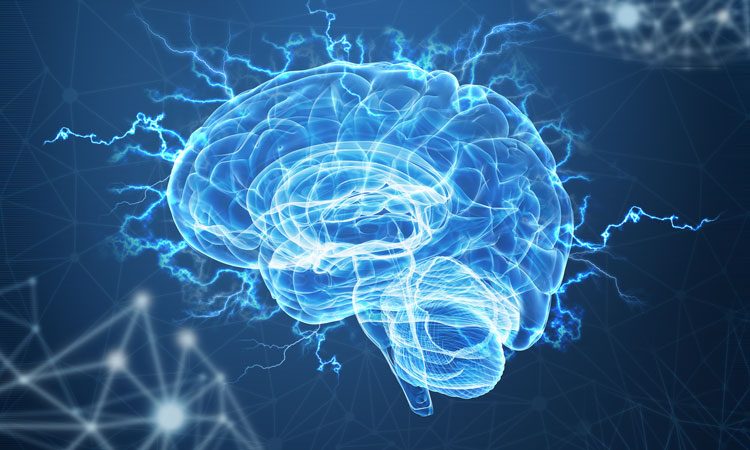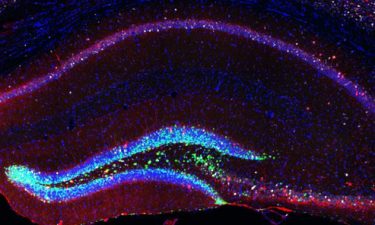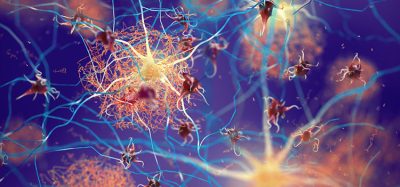Learning and memory of ageing mice improved with stem cells
Posted: 13 January 2020 | Rachael Harper (Drug Target Review) | No comments yet
It has been discovered that cognitive functions such as memory and learning in old mice are improved with more stem cells and neurons.


Scientists have discovered that increasing the number of stem cells in the brain help in recovering cognitive functions, such as learning and memory, that are lost during ageing.
The scientists were from the Center for Regenerative Therapies of TU Dresden (CRTD) and led by Professor Federico Calegari, working with Professor Gerd Kempermann (German Center for Neurodegenerative Diseases DZNE / CRTD) and Dr Kentaroh Takagaki (Otto von Guericke University Magdeburg).
The researchers used a method developed to stimulate the small pool of neural stem cells that reside in the brain in order to increase their number and as a result, to also increase the number of neurons generated by those stem cells. Surprisingly, additional neurons could survive and form new contacts with neighbouring cells in the brain of old mice.
Next, the scientists examined a key cognitive ability that is lost, similarly in mice and in humans, during ageing: navigation.


Image of neural stem cells and newborn neurons (green) artificially generated in the hippocampus and contacting mature cells (red) of the mouse brain (credit: CRTD).
The researchers wanted to find out if boosting the number of neurons was sufficient to counteract the decreasing performance of the brain in navigation and slow down this ageing process and they found out that old mice with more stem cells and neurons recovered their lost ability to build a map of the environment and remembered it for longer times making them more similar to young mice.
Furthermore, when neural stem cells were stimulated in the brain of young mice, cognitive impairments were delayed and memory was better preserved over the entire course of the animals’ natural life.
“In young individuals, a brain area called the hippocampus is crucial for remembering places and events and is also responsible for creating maps of new environments,” explained Gabriel Berdugo-Vega, first author of the study. “However, old individuals use other structures that are more related to the development of habits. It was very interesting to see that adding more neurons in the hippocampus of old mice allowed them to use strategies typical of young animals. It was not only about how fast they were learning but, rather, how different the learning process itself was.”
“Also humans have a few stem cells in the brain and these stem cells are known to severely reduce in numbers over the course of life,” added Prof. Federico Calegari, senior author of this study. “Identifying the causes underlying cognitive deficits in ageing and rescuing them is crucial for our rapidly ageing societies. Our work demonstrates that age-related impairments can be rescued by hijacking the endogenous neurogenic potential of the brain, thus, rejuvenating its function.”
The study was published in Nature Communications.
Related topics
Neurons, Regenerative Medicine, Research & Development, Stem Cells
Related organisations
TU Dresden
Related people
Dr Kentaroh Takagaki, Professor Federico Calegari, Professor Gerd Kempermann








